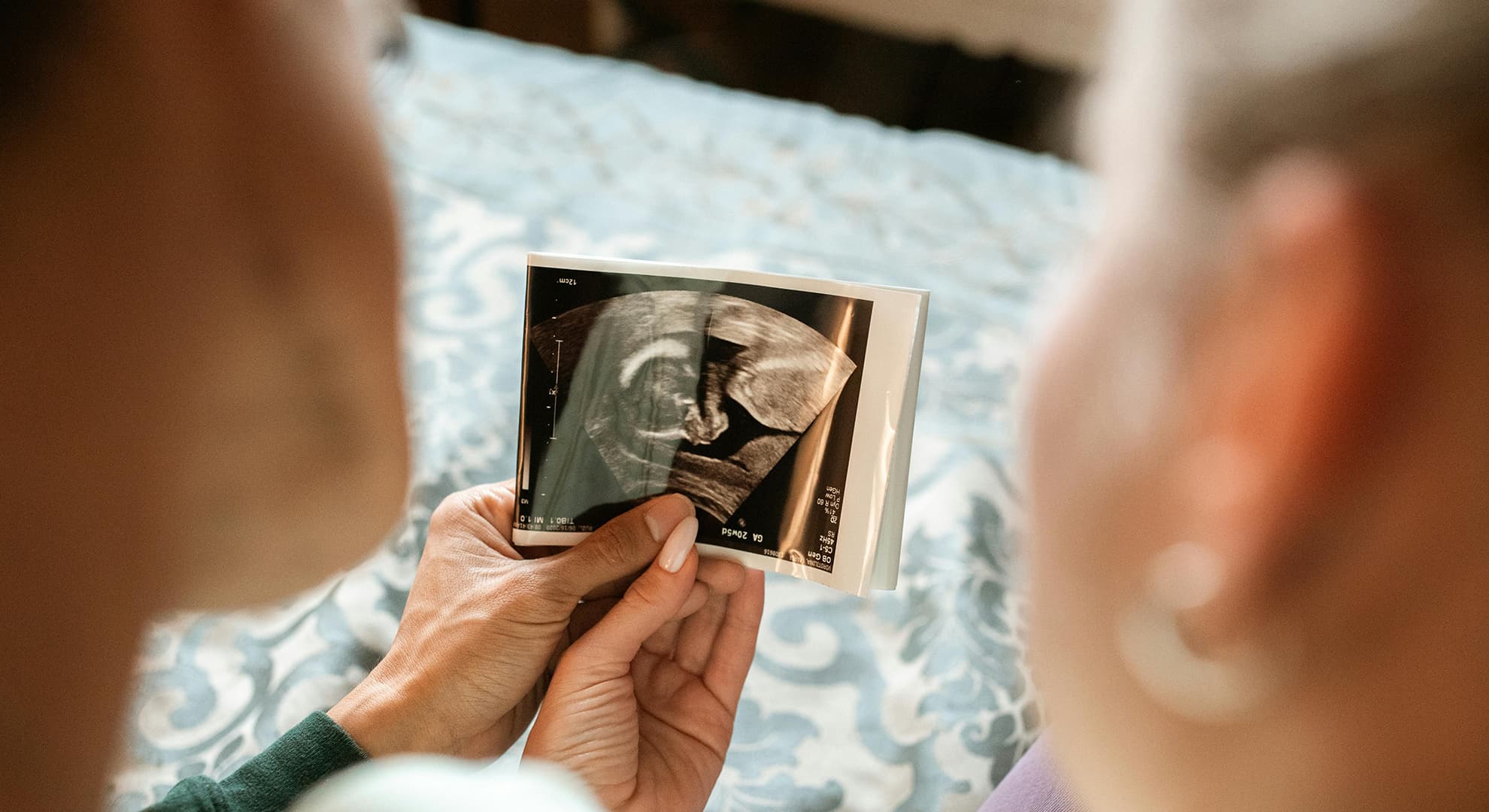New research has uncovered an imbalanced sex ratio at birth among Australia's migrant populations, with some migrant mothers seeming to prefer boys to girls.
Edith Cowan University (ECU) Vice-Chancellor's research fellow Dr Amanuel Gebremedhin said that the natural sex ratio at birth for most parts of the world equates to around 105 boys for every 100 girls born.
When accounting for factors such as parental age, health status, or environmental stress, the sex ratio at birth remains remarkably stable, typically ranging between 104 and 107 boys for every 100 girls.
However, in some countries with strong son-preference, this ratio is often skewed.
In researching Australia's sex ratio at birth, the research team looked at the birth ratios of mothers who were born in Australia, the UK, New Zealand, China, India, Vietnam, Lebanon and the Philippines, with registered births in Western Australia and New South Wales.
The research found sex ratios at birth for mothers born in Australia, the UK and New Zealand were within the expected natural range, whereas for mothers from China, India and Vietnam exceeded this natural ratio, indicating an imbalance.
The data
Using 2.1 million births registered in WA and NSW between 1994-2015, the research found that the sex ratio at birth for Indian-born mothers ranged between 105 to 109 boys for every 100 girls born, and between 107 to 110 boys for every 100 girls born to Chinese-born mothers. For Vietnamese mothers, this figure ranged from 105 to 109 boys for every 100 girls born.
Dr Gebremedhin noted that this ratio increased further when mothers have two or more children. Among Indian-born mothers with one previous daughter, there were 114 boys for every 100 girls; for Chinese-born mothers the ratio was 111 boys for every 100 girls. This imbalance grew even more when mothers had two previous daughters, 132 and 133 boys for every 100 girls for Indian and Chinese-born mothers respectively. In contrast, Australian-born mothers with the same birth histories remained close to the natural ratio of 105 to 107 boys for every 100 girls.
"The sex ratio at birth for Australian-born mothers remains fairly constant, and the markedly skewed sex ratio at birth among certain migrant communities almost certainly point to human intervention," he said.
The driver
Dr Gebremedhin has hypothesised that access to early gender detection in pregnancy could be attributing to the skewed sex ratio at birth, as it gives parents the opportunity to intervene in the pregnancy.
"Often times parents are able to determine the gender of the baby as early as 10 weeks of gestation. Given that abortion on request in many Australian jurisdictions is generally available up to 22-24 weeks of gestation, it allows parents time to consider whether they would want to maintain the pregnancy," he said.
There needs to be a discussion around the consequences of a male-biased sex-selective practices, Dr Gebremedhin said, noting that these patterns can signal deeper public health and societal challenges that extend beyond individual families - such as pressure on women to have sons, reinforced gender inequality, and long-term effects such as social isolation among men and 'marriage squeeze' - difficulty to find a partner.
"While maintaining rights of bodily autonomy, sex-selective abortion should be discouraged, as it undermines broader commitments to gender equality and non-discrimination," he said.

 The natural sex ratio at birth for most parts of the world equates to around 105 boys for every 100 girls born.
The natural sex ratio at birth for most parts of the world equates to around 105 boys for every 100 girls born.



